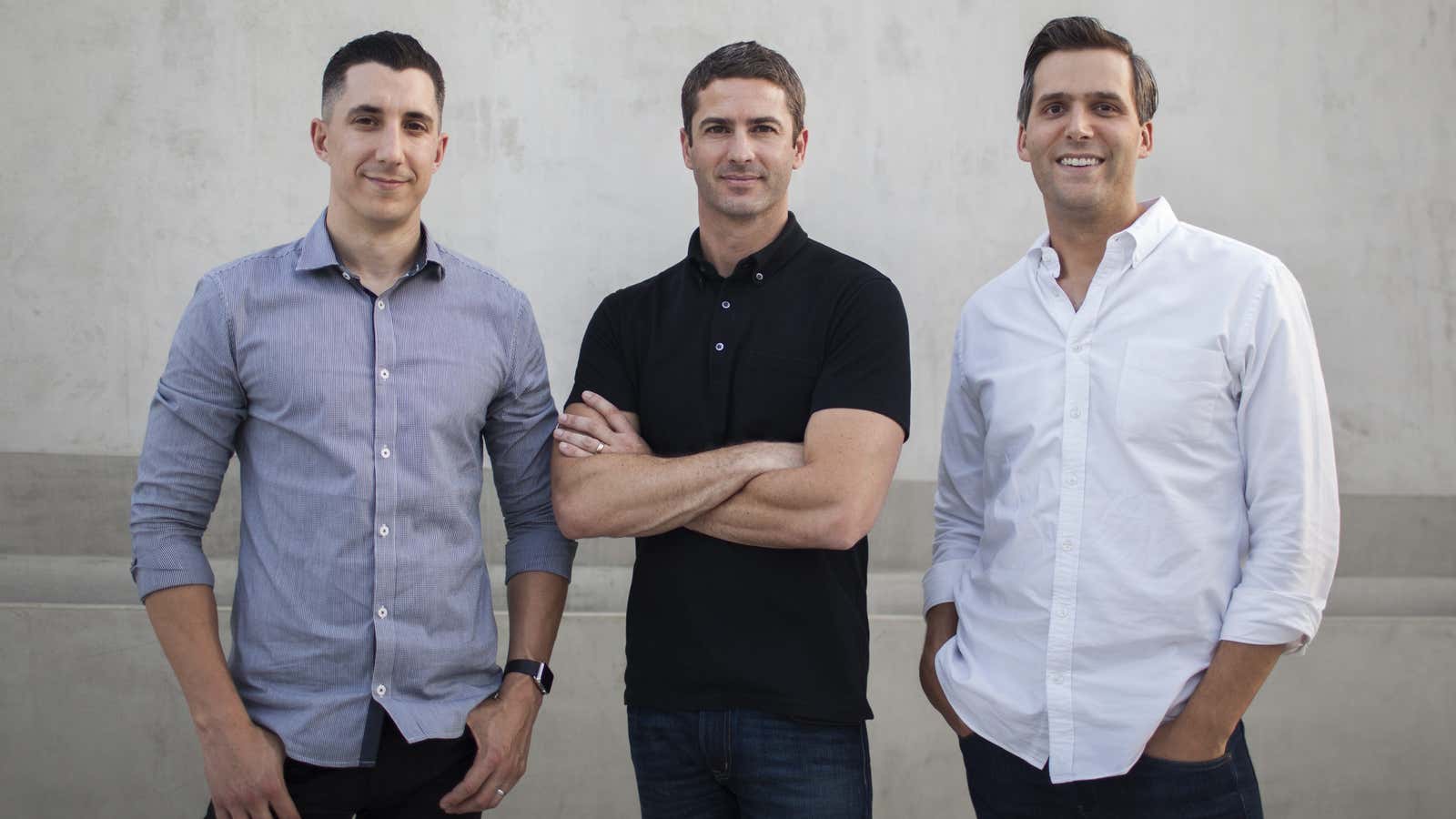At SXSW last week, festivalgoers sported black and white cowboy hats around town like badges of honor—and not because the event was held in Austin, Texas.
The hats were souvenirs from an activation for HBO’s Westworld, which placed fans inside the fictional Western-themed park from the show, where visitors act out their fantasies with robots that look and behave like real people. The two-acre experience promoted the new season, which premieres April 22. Fans obsessively dissected the first season on Reddit and elsewhere, and HBO wanted to reignite that rabid fandom at the Austin-based tech and culture festival in March.
It was agency Giant Spoon’s idea to bring the park to life. The firm got HBO’s attention last summer when it built one of the most talked about activations of San Diego Comic Con. It put fans inside a scene from Warner Bros.’s Blade Runner 2049 by mixing virtual reality with an immersive physical space that mimicked futuristic Los Angeles. The five-year-old firm was founded by Trevor Guthrie, Marc Simons, and Jon Haber—three alums of media agency OMD who experimented with emerging tech before leaving to start their own shop. Giant Spoon now employs 100 people at offices in New York and Los Angeles. It’s a full-service agency, but has found a sweet spot telling stories and building brand experiences tied to or inspired by pop culture, including events like SXSW and Comic Con.
“We as a business try to be an agency that aspires to not make ads,” said Simons. “It’s not about inserting our message into known places, but how do we create the context in which we want to live?”
The agency was also responsible for the Ready Player One experience at SXSW that promoted the Warner Bros. film. It built the dystopian world from the movie—bringing the fictional, virtual environment known as the OASIS, where people can be whoever they want to be, to life with ’80s-inspired physical activations and VR. Hundreds of fans lined up to get in on a scorching, 90-degree Saturday. Those festivalgoers that weren’t raving about Westworld were talking about Ready Player One, which also made its world premiere at SXSW with a surprise appearance from director Steven Spielberg.
Giant Spoon declined to say which activation cost more. But, as Quartz previously reported, recreating Westworld, even without the humanoid robots, would be a massive undertaking, let alone for three days.
“This was going to be an epic undertaking,” said Simons. “The size of the space alone was the most daunting thing. … But we’d proven it could be done [with Blade Runner].”
About a dozen people across four teams within Giant Spoon planned the effort. It came together when they found what looked like an “abandoned ghost town” near Austin, which they mapped with a drone. The two-acre lot was perfect for a Western town like the show’s Sweetwater, and close enough to the city to shuttle people there by bus. It took a 40-person crew five months to build the park. There were 58 vendors involved, from set design and construction to catering and electrical. The cast of outlaws, vagrants, musicians, bartenders, patrons, prostitutes, preachers, photographers, barbers, knife throwers, sheriffs, and postal workers were portrayed by 60 actors, six stunt people, six horses, and five bands. And the final script clocked in at 444 pages. Giant Spoon ran the script and set design by Westworld‘s creators and worked closely with HBO on the effort—even getting access to Westworld’s prop warehouse for some additional detail.
The folks at Giant Spoon knew they’d nailed it when they noticed people spending the full day at the park, making multiple trips there, and continuing to hunt for clues after they’d all been found. An Easter egg buried with one of the characters had already been found, for example, but people kept digging deeper into the grave in search of it.
“The grave went six feet into the ground because people kept thinking they could get deeper into it. It’s a metaphor for the show,” said Guthrie. “A key element within the activation was this idea that you could explore and have free will to look around.”
